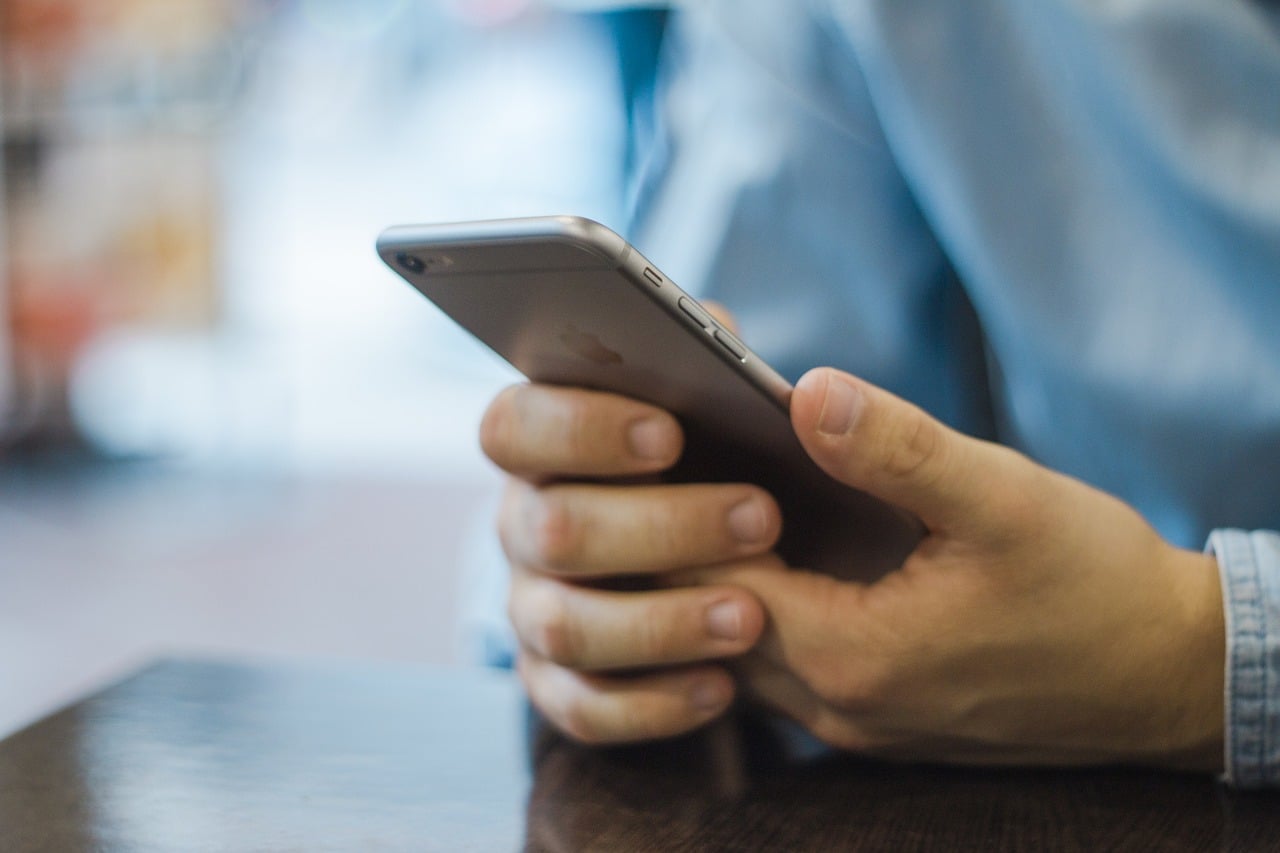iOS 12.1 is now available for download, bringing with it some new features, support for new emojis and bug fixes. All these updates were largely expected, but what users were not expecting was the return of the controversial iPhone throttling feature. Apple earlier suggested this so-called “feature” wouldn’t be needed any more.
iPhone throttling feature is still live
Apple’s release notes for iOS 12.1 mentioned the addition of the iPhone throttling feature for the iPhone 8, iPhone 8 Plus and iPhone X. The details are buried under “Other improvements and fixes” in the release notes.
“Adds a performance management feature to prevent the device from unexpectedly shutting down, including the option to disable this feature if an unexpected shutdown occurs, for iPhone X, iPhone 8 and iPhone 8 Plus,” the document reads.
This should come as a surprise to many because prior to this update, Apple’s support page said something different about the iPhone 8 and later devices.
“iPhone 8 and later use a more advanced hardware and software design that provides a more accurate estimation of both power needs and the battery’s power capability to maximize overall system performance. This allows a different performance management system that more precisely allows iOS to anticipate and avoid an unexpected shutdown,” Apple said.
However, Apple is now allowing users to disable the feature. You can disable it by going to Settings > Battery > Battery Health. However, there is one small limitation: you will only see the “disable” option if Apple believes your battery isn’t able to perform as expected.
Details on the controversy over the iPhone throttling feature
Apple’s controversial performance throttling feature was in the news last year and this year. It is basically a software update which slows aging iPhones to protect them from unexpected shutdowns as their batteries degrade.
Even though Apple believes the performance throttling feature is needed, it faced several class action lawsuits because of it. Moreover, Italy recently fined Apple for keeping the feature secret until it was discovered by others. U.S. Sen. John Thune also asked Apple for an explanation on how it planned to fix the issue. At the time, Apple initiated a battery replacement program, giving users a new battery for just $29 rather than the usual price of $79. In theory, a new battery should end the need for throttling.
Despite the outrage, lawsuits and fine, Apple still hasn’t stopped throttling old iPhones. It pushed out a new update to give users more information on their iPhone’s battery health to keep them happy. The company also responded to Thune, saying the iPhone 8 and newer devices have advanced hardware to support a more advanced performance management system which helps iOS avoid unexpected shutdowns.
It must be noted that Apple never said it wouldn’t enable the iPhone throttling feature in newer devices. Nevertheless, the effect of those lawsuits, the fine and the public outrage is that Apple is now more open about it in the iOS release notes.
One question remains unanswered
Apple’s throttling scandal was based on two accusations. First, the company was accused of intentionally slowing older iPhones to improve the battery life. Second, it did all this without telling anyone about it.
Apple addressed the second point by apologizing last year and adding information on the throttling feature in the iOS release notes. According to Apple, it also addressed the first point by making hardware updates in newer iPhones so they don’t need to be throttled.
However, the point is that Apple is still throttling newer devices. This suggests the company may have never really told the full truth earlier, and that full truth could be that despite the hardware and software updates, it is impossible for it to stop throttling iPhones. The reality is that as batteries age, they will slow down and eventually fail.
For now, there is nothing much anyone can do about it, and Apple may be choosing the lesser of two evils. A slow phone is better than a dead phone. It’s possible the new models — the iPhone XS, iPhone XS Max and iPhone XR — will also be subjected to the performance throttling feature after next year’s iPhones are released,





